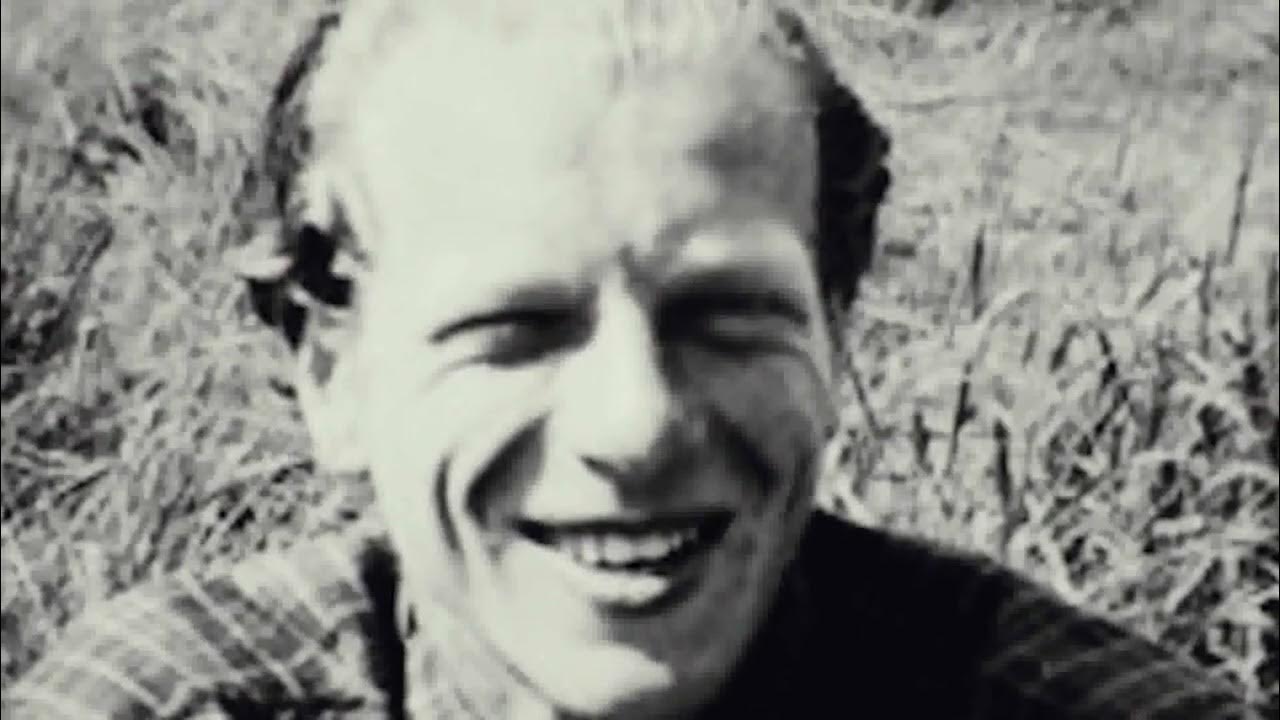Kids Behind Bars | National Geographic
Summary
TLDRLorenzo Chavez, a 17-year-old who has been in and out of the justice system since he was 10, arrives at Ark Valley prison after being convicted of second-degree murder. Unlike juvenile facilities, adult prisons offer little support for young offenders like him. Chavez faces the harsh realities of prison life, constantly watching his back while trying to find allies for survival. Veterans like Eric Davis, who has served 22 years for murder and robbery, highlight the brutal violence and lack of protection in prison, warning that Chavez is at risk of becoming either a victim or a predator in such an environment.
Takeaways
- 😀 Ark Valley prison houses 1,000 inmates, with half being violent offenders and a few juveniles like 17-year-old Lorenzo Chavez.
- 😀 Lorenzo Chavez, a 17-year-old, wishes he were in a Youth Offender System (YOS), where there are more beneficial programs for young offenders, but he wasn't eligible due to his crime.
- 😀 Chavez was convicted of second-degree murder at 16, resulting from a drug deal gone wrong, and has a 19-year sentence ahead of him.
- 😀 The prison environment is harsh and dangerous, forcing Chavez to constantly stay vigilant and watch his every move.
- 😀 Inmates in Ark Valley, like Chavez, must find allies for protection, but it’s difficult to trust anyone in such a hostile environment.
- 😀 Chavez has witnessed extreme violence in prison, including beatings and confrontations that highlight the danger of prison life.
- 😀 To survive in prison, Chavez will likely need a lifer like Eric Davis, who can teach him how to avoid being preyed upon by others.
- 😀 Eric Davis, serving a life sentence, explains that younger, physically smaller inmates are often targeted by predators and face constant threat.
- 😀 Davis warns that prison staff won’t protect inmates, and the responsibility for self-defense falls entirely on the individual.
- 😀 Davis believes that placing young offenders like Chavez in adult prisons is harmful, turning them into stronger criminals or victims, and that it doesn't help their rehabilitation.
Q & A
What is the general environment like at Ark Valley prison?
-Ark Valley is home to 1,000 inmates, half of whom are violent offenders. The prison environment is harsh and dangerous, with constant tension, violence, and the need for inmates to stay vigilant.
Why is Lorenzo Chavez in an adult prison at the age of 17?
-Lorenzo Chavez was convicted of second-degree murder at 16, stemming from a drug deal gone bad. Although he is a juvenile, his crime was severe enough to prevent him from being placed in a juvenile facility like YOS (Youth Offender Services).
What are Chavez's feelings about being in adult prison?
-Chavez expresses regret and disbelief at being in an adult prison at just 17 years old. He acknowledges that it is not a healthy environment and tries not to think about the long sentence he faces.
What was Chavez's involvement in criminal activities before his conviction?
-Before his conviction, Chavez had been involved in the drug trade, specifically dealing cocaine and heroin in Denver from a young age. His criminal activities began when he was just 10 years old.
What challenges does Chavez face in prison?
-Chavez must constantly be on guard, as the prison environment is full of potential threats. He needs to watch his actions and words carefully, as even small missteps can lead to dangerous situations.
How does Eric Davis describe the dangers of prison life for younger inmates?
-Eric Davis, a lifer in the prison, describes the environment as predatory, where younger or physically smaller inmates are at risk of being taken advantage of by older, stronger prisoners. He emphasizes the need to fend for oneself in this brutal world.
Why does Eric Davis avoid befriending younger inmates like Chavez?
-Eric Davis avoids befriending younger inmates like Chavez because doing so would make him a target for others. Inmates in the prison often exploit young or vulnerable prisoners, and forming alliances could put him in a compromising position.
What are some of the risks young inmates face in prison, according to Davis?
-Young inmates, especially those who are physically smaller, face risks such as exploitation, bullying, and violence. They may be tricked into giving away money or forced into sexual favors by older, predatory inmates.
How does Davis view the adult prison system for young offenders like Chavez?
-Davis believes that adult prison is not the right place for young offenders like Chavez. He argues that it doesn't help young prisoners become better people but rather turns them into either predators or victims, further damaging their future.
What does Davis mean when he says 'there's no one here to protect you'?
-Davis is highlighting the brutal and dangerous nature of the prison system. Inmates must rely solely on themselves for survival because neither the prison staff nor other inmates are likely to offer protection.
Outlines

This section is available to paid users only. Please upgrade to access this part.
Upgrade NowMindmap

This section is available to paid users only. Please upgrade to access this part.
Upgrade NowKeywords

This section is available to paid users only. Please upgrade to access this part.
Upgrade NowHighlights

This section is available to paid users only. Please upgrade to access this part.
Upgrade NowTranscripts

This section is available to paid users only. Please upgrade to access this part.
Upgrade Now5.0 / 5 (0 votes)





